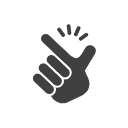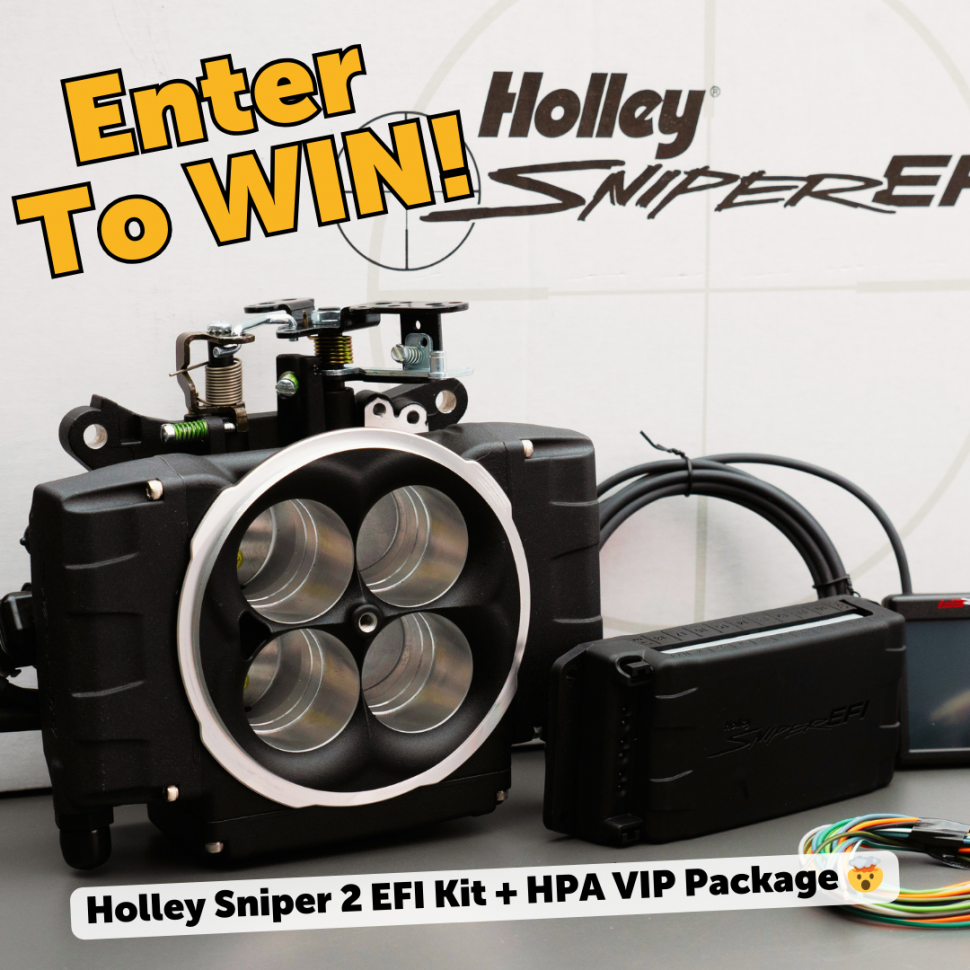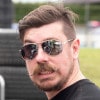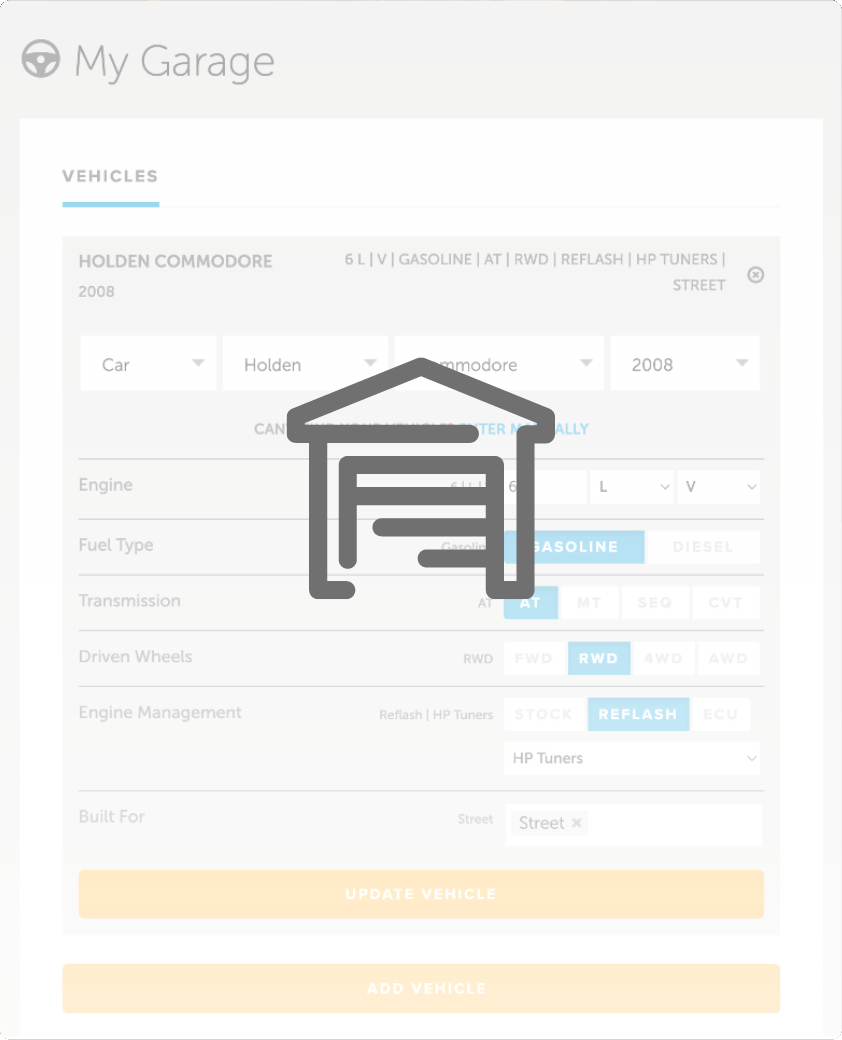| 00:00 |
Finally, we're at the point in the course where we can start to look at the scanning process in practice.
|
| 00:05 |
In this module we'll be solely looking at the act of scanning an object and in the following module we'll discuss post processes that we'll be applying to our scan.
|
| 00:14 |
For an example, we'll scan the front suspension upright from a Nissan S14 using our PL3 scanner and the associated software.
|
| 00:23 |
We set up the parameters for the scan project in a previous module and we'll also continue to use this scan later in the course.
|
| 00:31 |
If everything runs smoothly it's actually quite easy to take a 3D scan, but there are a few tips and tricks that can make the results significantly better and the process easier.
|
| 00:42 |
First, we want to make sure the object is evenly lit without areas of high brightness or shadow.
|
| 00:48 |
This is particularly an issue for the use of photogrammetry, something we talked about in the fundamental knowledge section of the course if you need a refresher, and some scanners deal better with this than others.
|
| 01:00 |
Regardless, it's always ideal if we can achieve even lighting to reduce shadows on the surfaces.
|
| 01:06 |
There's also a range of other attributes of the object that can cause issues with scanning, like challenging surfaces or geometry as we discussed in previous modules.
|
| 01:17 |
In the case of our upright, while most of the part has quite a rough surface finish that should scan nicely, the spindle is relatively shiny and it could benefit from some matting spray.
|
| 01:28 |
Cylindrical parts like the spindle are an example of repetitive geometry as the curve is continuous.
|
| 01:35 |
So, this area or areas around it that will be captured in the same frame could also benefit from some positioning targets.
|
| 01:42 |
What's important to know is that we should avoid using targets on curved surfaces, especially those with tighter curves as this can cause inaccuracies in the scan.
|
| 01:53 |
Large curves like most body panels or even the barrel of a wheel are typically not an issue though.
|
| 01:59 |
So, for the spindle example, the best option is to apply targets on the flat surfaces at the base of the spindle rather than directly on the spindle and this way the scanner will still be able to see the targets while scanning the spindle area.
|
| 02:13 |
We'll also place the spindle on a turntable and we'll use some positioning target blocks around the base of the object, neither of which are a must, but they will make our life easier.
|
| 02:24 |
With the scanner plugged back in and ready to go, we can jump back into the software and then start the scanning process.
|
| 02:31 |
We just need to keep the scanner pointed at the object so it stays in frame and then we can slowly move around the object capturing data from all the different angles, we don't want to miss out on any important surfaces.
|
| 02:44 |
Or in our case, because we're using a turntable, we can keep the scanner stationary and just slowly and smoothly rotate the turntable around to capture data from different angles.
|
| 02:56 |
In the scanning software you'll be able to see that the grey surfaces are the areas that we've captured good data on and then the yellow areas are where we haven't quite got enough data yet and then there'll be holes where we're missing data.
|
| 03:10 |
We also want to stay within the working distance of the scanner without being too close or too far away and the software will most likely have some way of communicating this, like a scale on the side of the display or lights on the scanner, the colours of the 3D model or some combination of these.
|
| 03:29 |
The Peel 3 has a small LCD screen, which will show red if we're too close with arrows instructing us to back up, green indicates the optimal distance and blue shows that we're too far away and there'll be arrows instructing us to move forward.
|
| 03:43 |
These correspond to colours on the operating system software showing where the data is being captured from with the green, blue again being too far away and if we move in really close we'll see the red as well.
|
| 03:56 |
There's also an icon on the LCD screen to show if tracking is lost and haptic feedback where the scanner will vibrate slightly if anything is less than ideal.
|
| 04:06 |
The scanner will most likely have a trigger, button or touch screen like the PL to start and pause or stop the scanning process.
|
| 04:14 |
So, if we pause the scan, that allows us to readjust our position as we work around the object or stop for any other reason.
|
| 04:22 |
Like if we want to review the current state of the scan in the software and find areas like this bit up the top of the strut mount that we'd need to capture more data from.
|
| 04:32 |
For our S14 upright we actually want to turn it over so we can capture these underside surfaces.
|
| 04:39 |
However, since we have targets on the turntable, we can't just move the upright and keep scanning with the targets in the same position as the scanner would keep the turntable in the same position and scan the new geometry of the upright in the wrong place.
|
| 04:53 |
There are a few options here, so we can use the selection tools in the software to delete parts of the scan with the turntable and positioning targets on the turntable and then flip the upright over and keep scanning.
|
| 05:05 |
The parts we deleted won't be referenced moving forward.
|
| 05:09 |
So, in the Peel software this can be done with a clipping plane and all we need to do is select the turntable surface and then hit continue.
|
| 05:17 |
After we've finished this though, we just need to select the clipping plane and then delete it again because otherwise it will prevent us from capturing any more data in this area.
|
| 05:27 |
What I actually prefer to do is skip ahead to the cleaning step , which we'll be diving into much more in the next module and then we can use the remove background function here and control this just like we did with our clipping plane to remove the background, any flat surfaces like the table that the object is being scanned on, again just hit continue.
|
| 05:48 |
From here I like to use the connected selection tool and then we can basically just select anywhere on our upright and that'll select everything connected to that point.
|
| 05:58 |
Then I follow this by using the keep only function, which basically just deletes everything else.
|
| 06:05 |
Alternatively, we could simply flip the upright over and be sure to move all the targets on the table relative to one another and then remove the unwanted parts after in the software.
|
| 06:16 |
With the object reorientated on the turntable we can now see the area that we weren't able to capture before and we need to just pop back to the scanning step in our software, make sure the scanner is connected again and then we're ready to start scanning.
|
| 06:31 |
And the critical thing to understand here is that the scanner needs to re-find its position, which it did straight away in this case and that's particularly easy because we are using scanning targets, but in the case where we weren't using scanning targets it can be a little bit tricky and we may need to reorientate the part or the scanner relative to the part to just find an area that we have scanned previously that the scanner recognises.
|
| 07:06 |
With all the data collected and having covered the target from every possible angle at this point we can stop the scan and the software would have created the 3D model.
|
| 07:19 |
So, now's a good time to review the scan in our workplace and make sure we've captured all the data that we need and we're not missing any areas.
|
| 07:27 |
It's always best to catch this and make sure we don't need to go back and do anything at this stage rather than once we progress and then start working with our scan in our CAD software and find that we're missing data that we needed.
|
| 07:43 |
And that's all that's really involved in this part of the project so before we move on to discuss other considerations and processes, let's review the important points.
|
| 07:53 |
Before we start scanning we want to make sure the object has sufficient and even lighting and apply matting sprays or targets if required.
|
| 08:02 |
Then it's just a matter of starting the scan and slowly and smoothly moving around the object to capture the data from all angles while staying within the working range of the scanner.
|
| 08:13 |
It's possible to pause scanning to check what we still need to capture and if we need to start again it's just a matter of helping the scanner re-find its position.
|





